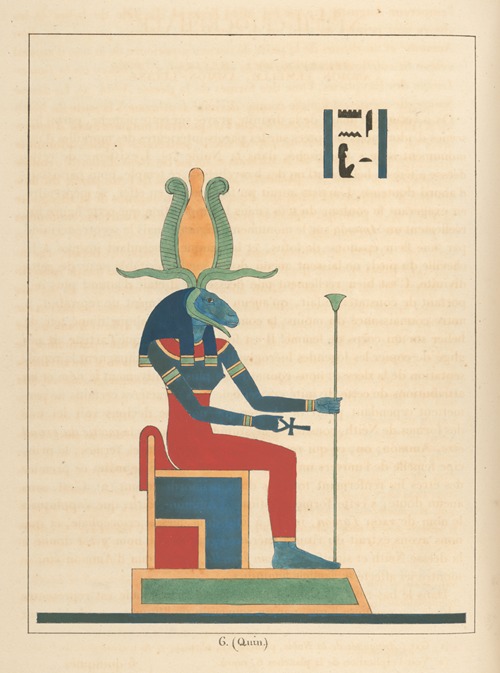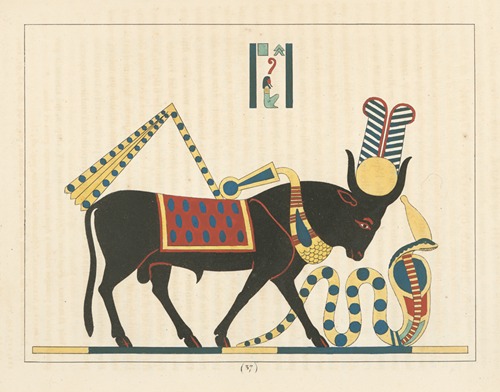![Léon-Jean-Joseph Dubois - Aha, Ahi, Ahé ou Éhé [Ihet], la vache divine.](https://mdl.artvee.com/sftb/926669il.jpg)
Léon-Jean-Joseph Dubois was a French illustrator and lithographer, also an archaeologist and curator at the Louvre museum.
Léon-Jean-Joseph Dubois studied fine arts and painting in the ateliers of painters Antoine-Jean Gros and Jacques-Louis David in Paris. He became then a designer and lithographer.
In 1823, he became acquainted with the well-known Egyptologist Jean-François Champollion, who introduced him to the Egyptian art, and who chose him later to illustrate his work, the Egyptian Pantheon.
In 1826, Dubois travelled to Italy, accompanied by Champollion and Italian archaeologist Ippolito Rosellini. The same year, following the creation by "the ordinance of May 15" of the conservation of antiques (known as Charles X Museum) at the Louvre museum, Champollion was appointed curator of the Egyptian and Oriental division of the Louvre, while Dubois was appointed assistant curator.
In December 1828, Dubois was charged by the Institut de France to head the section of Archaeology of the scientific expedition of Morea, which was sent to Greece at the end of the Greek War of Independence. Dubois and his colleague Abel Blouet (from the section of Architecture and Sculpture) arrived in Peloponnese in March 1829 and both led the first archaeological excavations ever carried out in the ancient city of Messene founded in 369 BC by Epaminondas. Dubois spent a full month in the ancient city, starting on 10 April.
On 10 May 1829, Dubois and Blouet went to the ancient sanctuary of Olympia, where they spent six weeks. They undertook, there as well, the first excavations ever made on the archaeological site and we owe Dubois the discovery of the temple of Olympian Zeus. Dubois and Blouet were accompanied by painters Frédéric de Gournay, Pierre Achille Poirot, Pierre Félix Trézel and Amaury-Duval, and by a troop of more than a hundred workers. Historian Edgar Quinet, who was also part of the Archaeology section, did not contribute to the excavations, as he already had left the section to continue his exploration of Greece alone.
The painter Amaury-Duval gave in his Souvenirs (1829-1830) a detailed description of Dubois and his team during the Morea expedition.
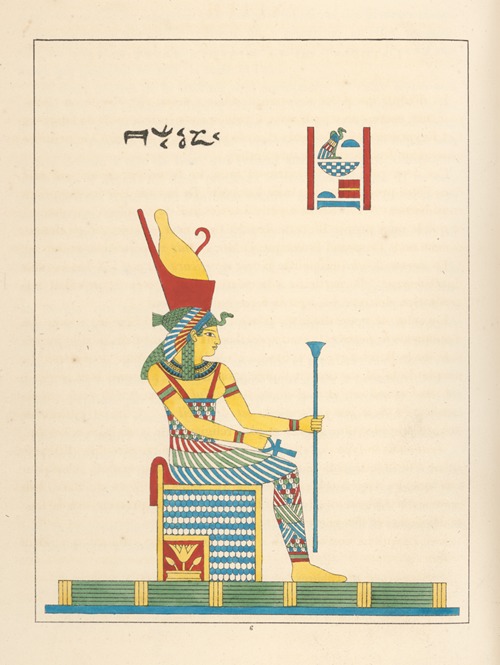



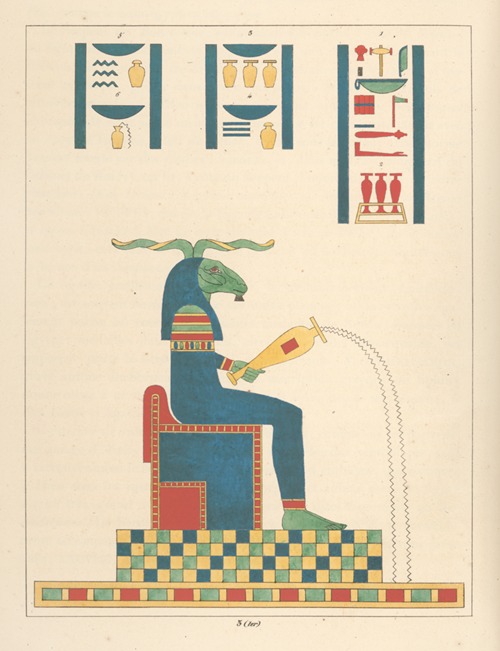
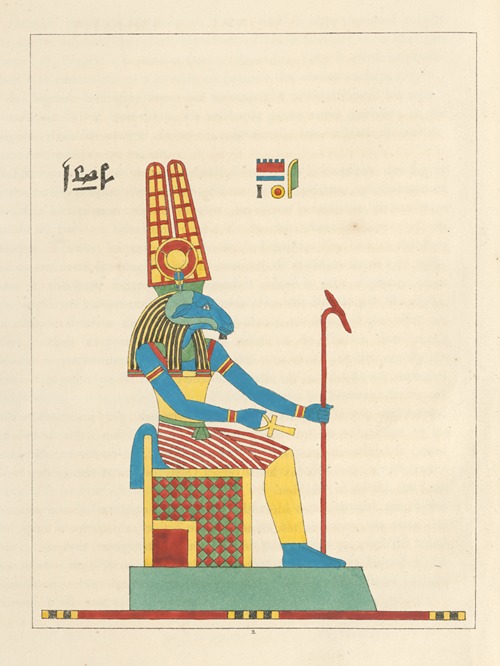
![Thouèri, Toeri. (Thoueris.) [Taweret]](https://mdl.artvee.com/ft/926752il.jpg)
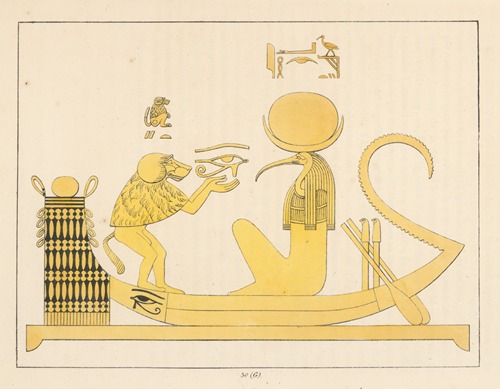

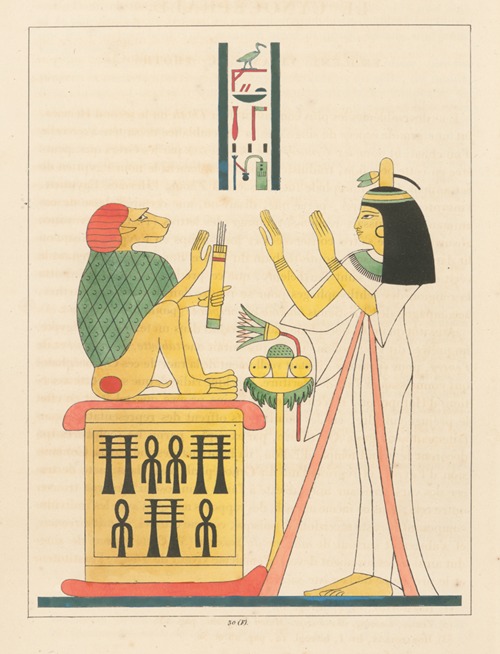
![Toré, Thore, ou Tho.. (Une des formes de Phtha [Ptah].)](https://mdl.artvee.com/ft/926753il.jpg)
![Phtha ou Ptha [Ptah] (Phtha, Héphaistus [Hephaistos], Vulcain [Vulcan].)](https://mdl.artvee.com/ft/926726il.jpg)
